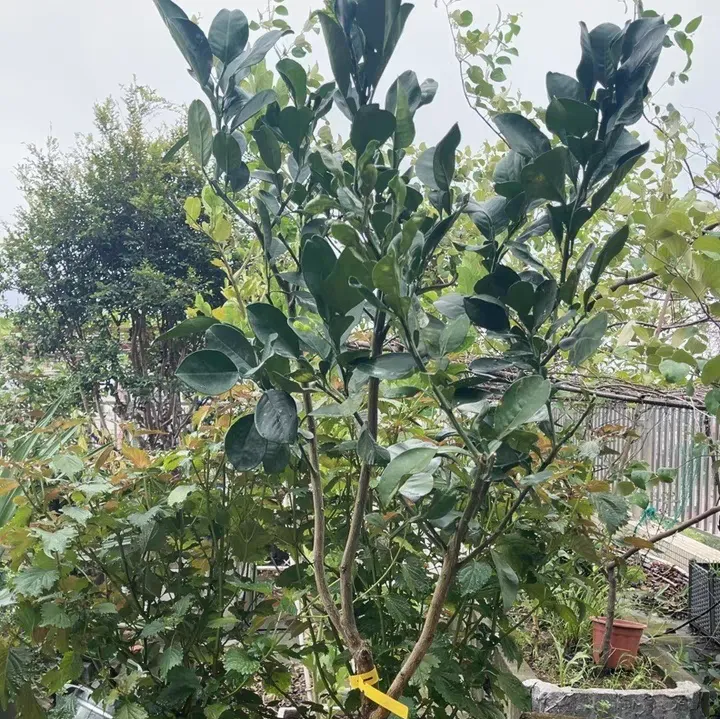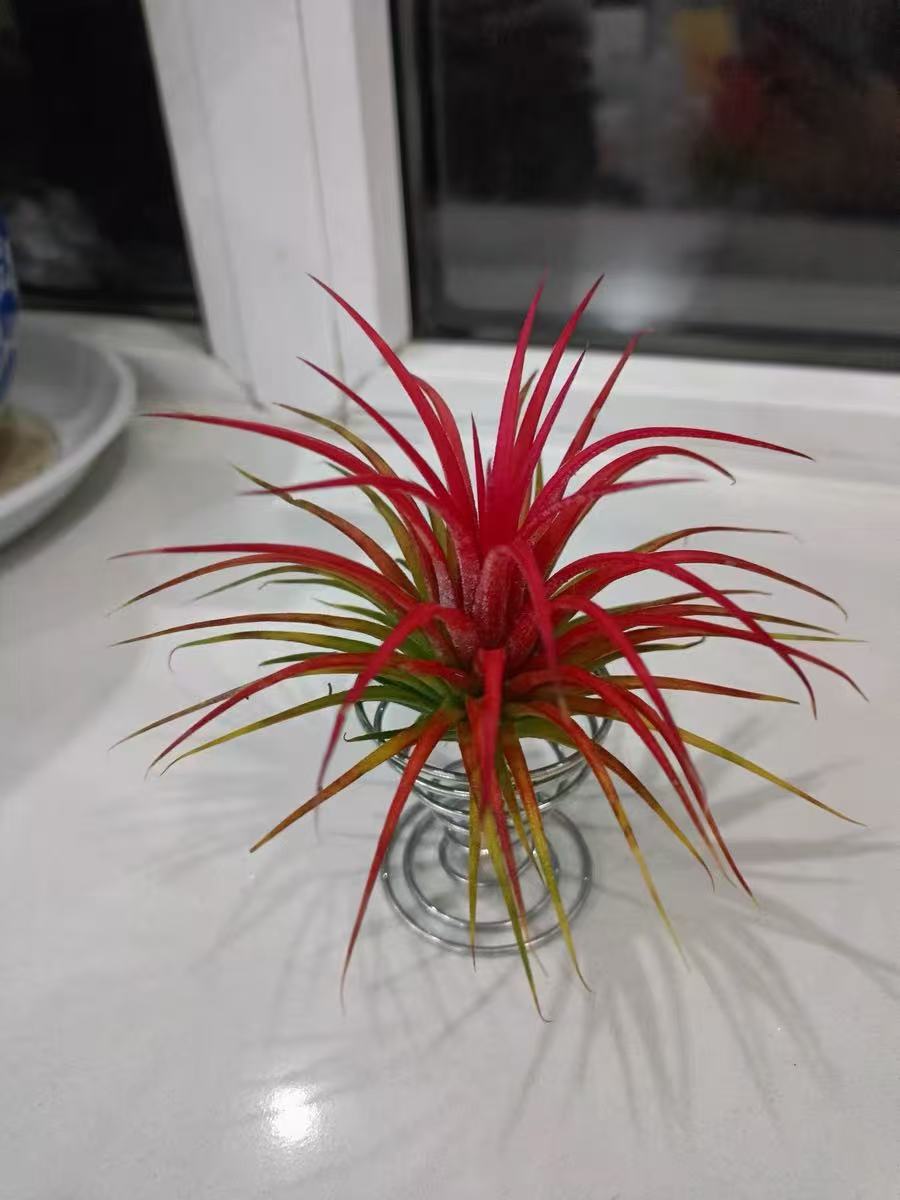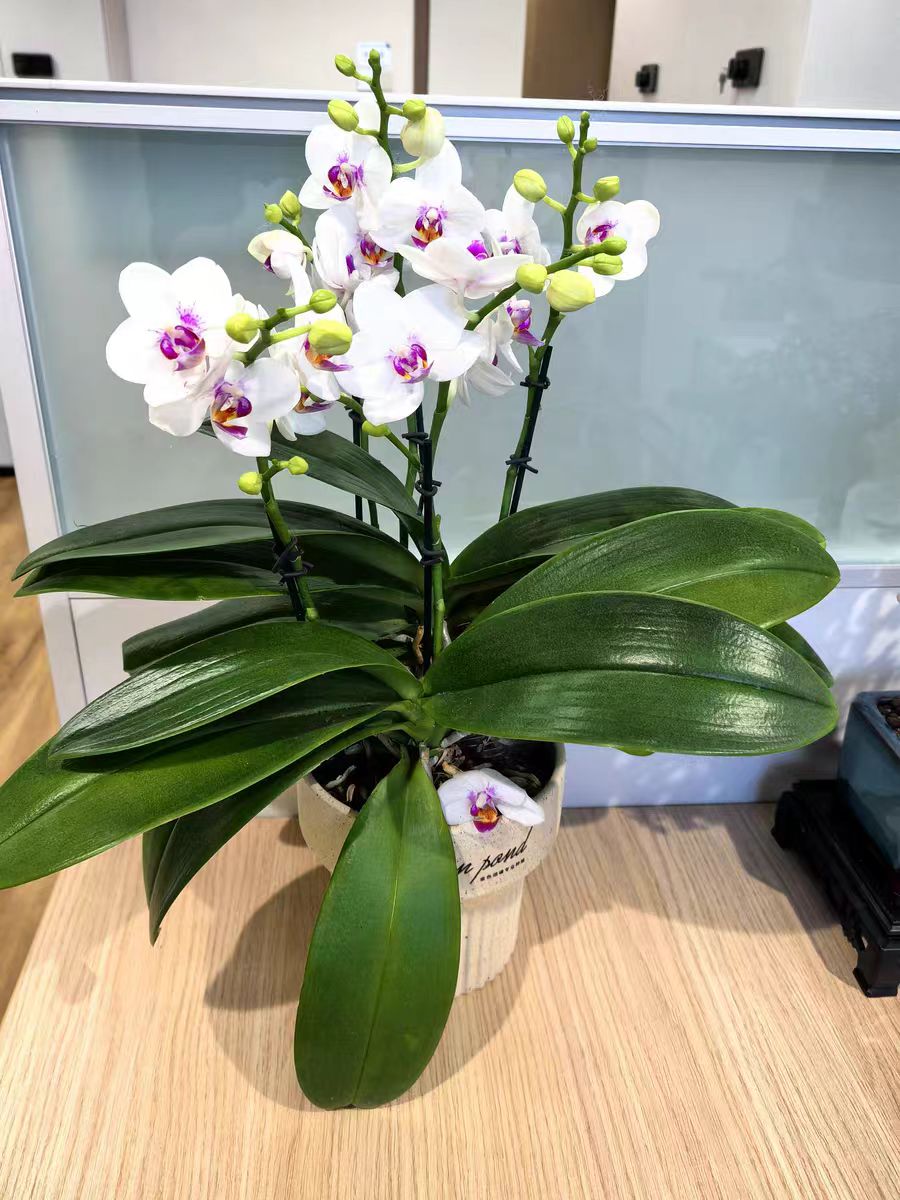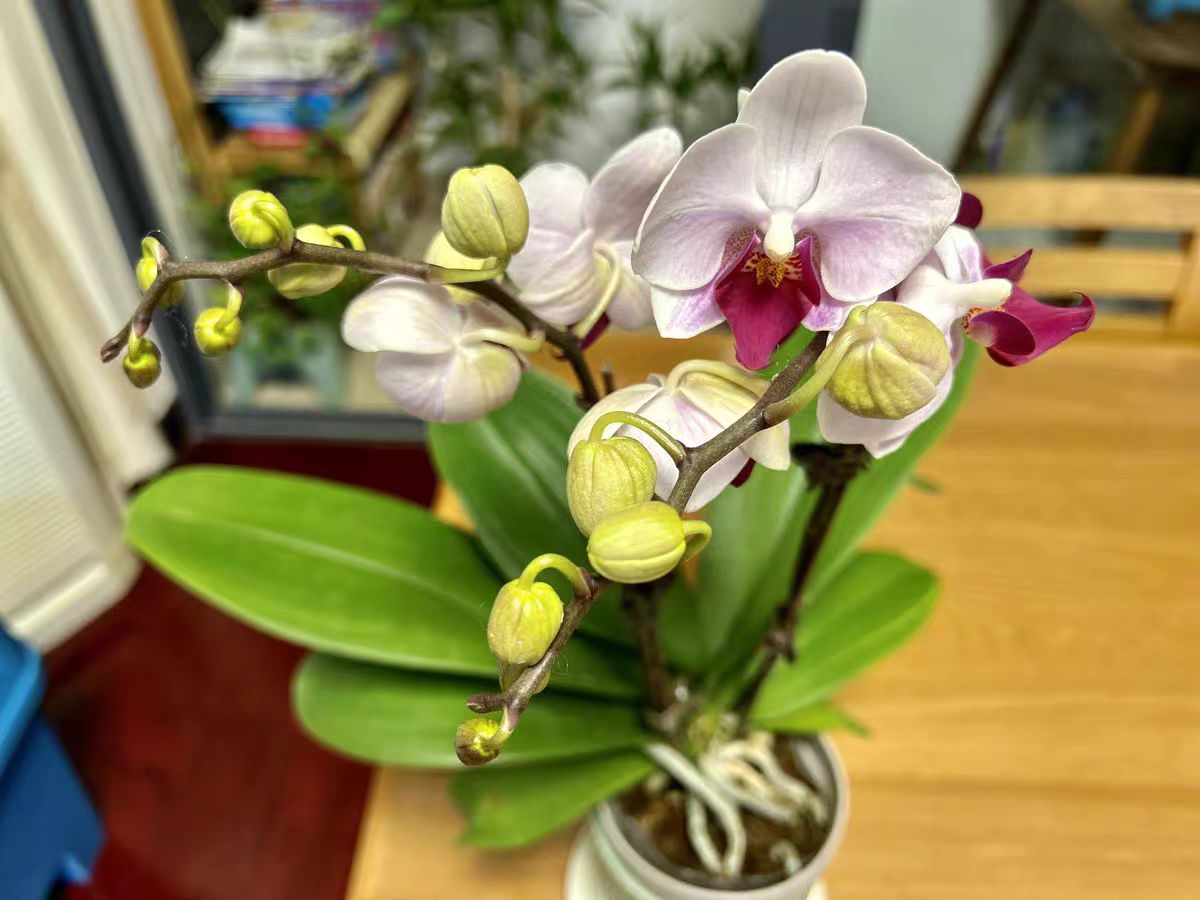Pomelo, the "giant" among citrus fruits, is deeply loved by people for its unique flavor, rich nutrition, and remarkable health benefits.
The pomelo fruit is large, spherical, oblate, or pear - shaped. Its skin is thick and shiny, usually yellow - green or golden in color.
There are many varieties of pomelo. Common ones include Shatian pomelo, honey pomelo, and Wendan pomelo. The Shatian pomelo has a relatively small fruit size, with crispy and sweet flesh and a strong aroma. The honey pomelo is larger, highly sweet, and juicy. The Wendan pomelo is famous for its unique delicate fragrance and smooth taste.
Pomelo is rich in vitamin C, flavonoids, naringin, minerals, and dietary fiber. Every 100 grams of pomelo pulp contains 30 - 60 milligrams of vitamin C. Vitamin C and flavonoids have powerful antioxidant effects, which can scavenge free radicals in the body, delay aging, and enhance immunity. Naringin helps to reduce blood viscosity, decrease the formation of blood clots, and is beneficial for preventing cardiovascular diseases. The dietary fiber in pomelo can promote intestinal peristalsis, prevent constipation, and improve digestive function. In addition, pomelo also has a certain effect of relieving alcohol intoxication, which can reduce the damage of alcohol to the liver.
Key Points of Pomelo Planting
Planting Time: It can be planted in February - March in spring or September - October in autumn. In spring, the temperature rises and the soil humidity is suitable. After planting in autumn, the plants have time to root.
Planting Years and Fruiting Time: It takes 3 - 8 years from planting to fruiting. Grafted seedlings start to bear fruit in 3 - 5 years, and seedlings grown from seeds start to bear fruit in 5 - 8 years.
Planting Methods: Select acidic soil with deep soil layers, fertile and loose texture, and good drainage. Deep - plow and sun - dry the soil, and apply sufficient base fertilizer. Choose robust seedlings with well - developed roots and no pests or diseases. The plant spacing is 4 - 5 meters × 5 - 6 meters, with 20 - 30 plants per mu. When planting the seedlings, place them upright in the holes, spread out the roots, fill in the soil and compact it, water thoroughly to fix the roots, and cover with straw or plastic film.
Pomelo Planting Management
Fertilization Management: For young trees, nitrogen - based fertilizers are mainly used. For adult trees, fertilizers are applied respectively during the spring shoot - sprouting period, flowering period, fruit - expansion period, and after fruit - picking, mainly using organic fertilizers and compound fertilizers.
Water Management: Pomelo likes a humid environment but is intolerant to waterlogging. Irrigate in a timely manner during drought and do a good job in drainage during the rainy season.
Pruning and Shaping: Shape young trees. For adult trees, thin out over - dense, withered, and diseased branches to improve ventilation and light transmission.
Pest and Disease Control: Common diseases and pests include anthracnose, citrus huanglongbing, red spiders, scale insects, etc. Comprehensive control measures should be taken, combining biological and chemical control methods.
What are the functions and effects of pomelo?

Share with
Tagged in :




Leave a Reply